ngorongoro crater
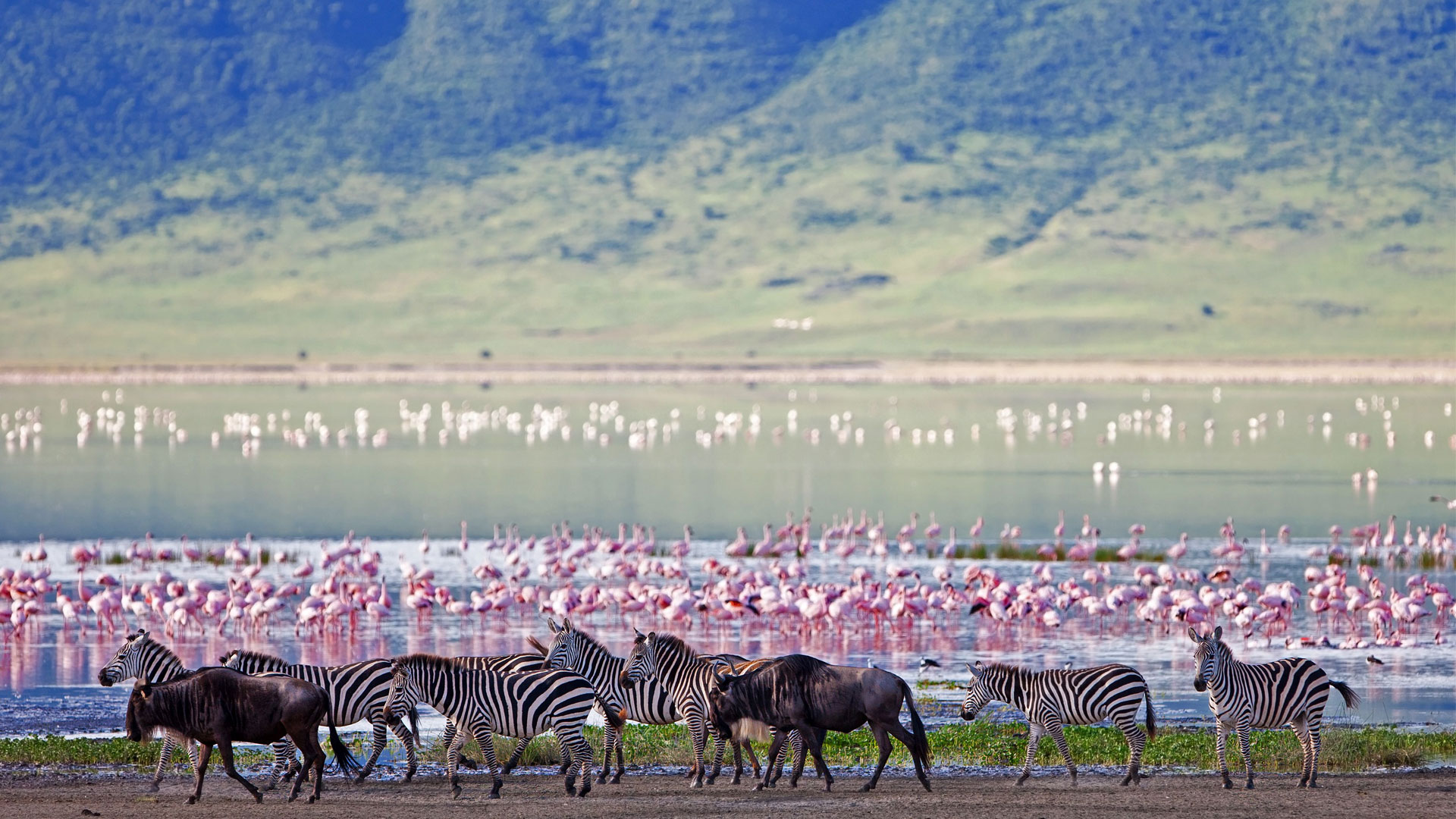
How big is Ngorongoro Area & Crater . when was it established
The Ngorongoro Conservation Area (NCA) covers approximately 8,300 square kilometers (3,200 square miles) in northern Tanzania. It was established in 1959 as a multi-use area, allowing both wildlife conservation and human habitation, mainly by the Maasai people. It became a UNESCO World Heritage Site in 1979. The Ngorongoro Crater is the centerpiece, a massive volcanic caldera that is 19 kilometers (12 miles) wide and 610 meters (2,000 feet) deep, covering around 260 square kilometers. It is the world’s largest intact, unfilled volcanic caldera. The crater formed about 2 to 3 million years ago when a massive volcano exploded and collapsed. Today, it serves as a natural enclosure for a wide variety of wildlife and ecosystems.
What is so special to see in Ngorongoro Crater
Ngorongoro Crater offers one of the world’s most incredible wildlife viewing experiences. It’s home to over 25,000 animals, including the Big Five—lions, elephants, buffaloes, leopards, and rhinos. The crater floor has grasslands, swamps, forests, and a soda lake, creating diverse habitats. Visitors can spot rare black rhinos, large lion prides, and flamingos at Lake Magadi. The enclosed nature of the crater provides high chances of seeing animals in a single day. It’s also rich in birdlife, hyenas, jackals, and hippos. The crater’s beauty, combined with its wildlife density, makes it a top safari destination in Africa.
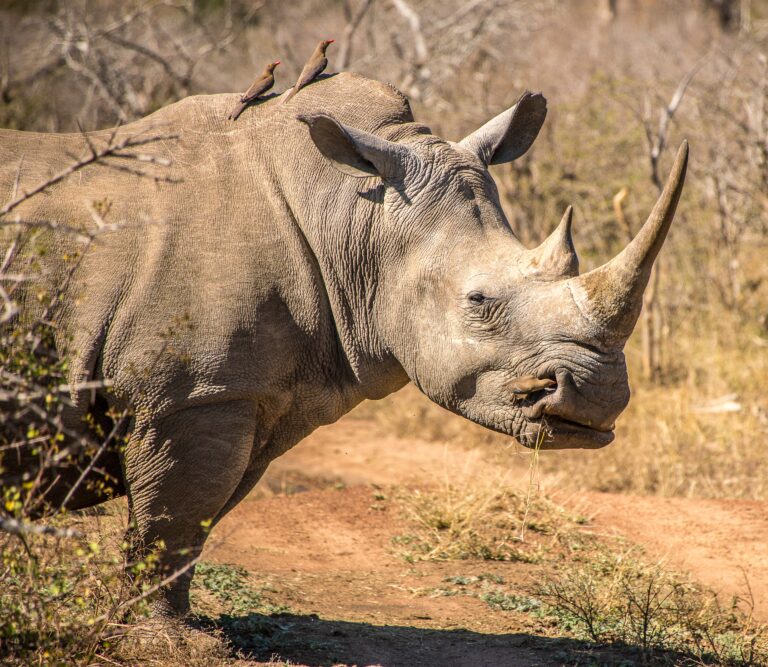
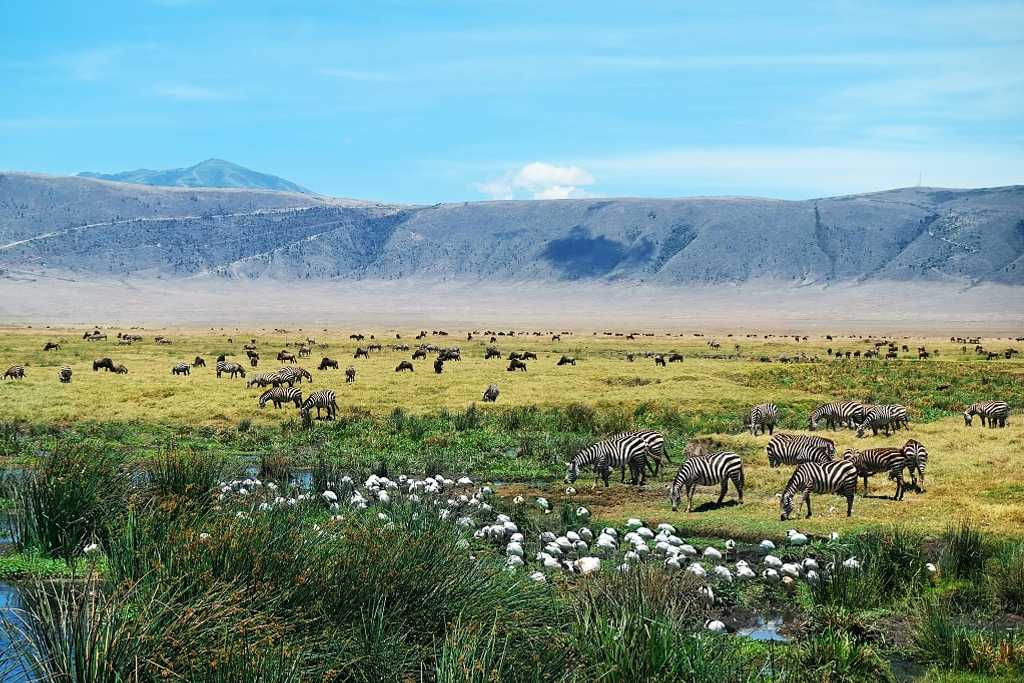
What is the best time to visit Ngorongoro
The best time to visit Ngorongoro Crater is during the dry season, from June to October. During this time, wildlife is easier to spot as animals gather near water sources and the grass is shorter. Roads are more accessible, and visibility is better for game drives. However, the crater can be visited year-round, as resident animals do not migrate. The wet season (November to May) offers lush landscapes and fewer crowds, with excellent bird watching. March and April are the rainiest months and may bring muddy roads. For fewer tourists and decent weather, January and February are also great options.
How many rhinos ARE IN Ngorongoro Crater & lions
Ngorongoro Crater is one of the few places in Tanzania where you can still see the critically endangered black rhinoceros. There are currently around 30 to 50 black rhinos living in the crater, protected through intensive conservation efforts. The crater’s natural enclosure helps limit poaching threats.
As for lions, the crater hosts over 60 lions, organized in multiple prides. They are relatively easy to spot due to the open terrain and high prey density. Ngorongoro’s lion population is well studied, although concerns about genetic diversity remain due to limited migration in and out of the crater’s lion population.

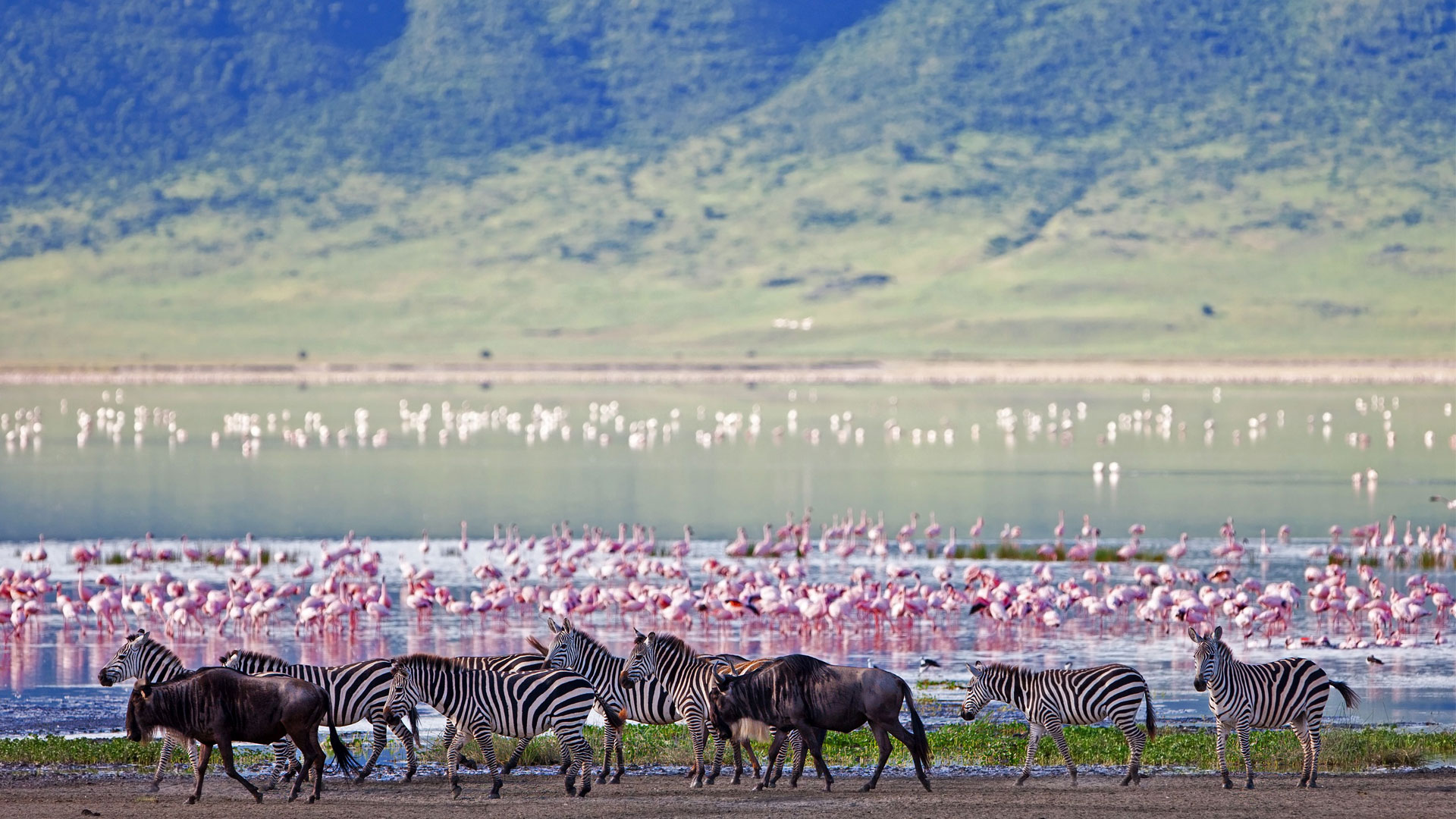
Ecosystem in Ngorongoro
The Ngorongoro ecosystem is a rich and complex environment that includes volcanic highlands, crater floor grasslands, freshwater and soda lakes, forests, and swamps. It supports a wide variety of wildlife, from large mammals like elephants and rhinos to flamingos and vultures. The region is also home to the Maasai people, who graze their cattle alongside wildlife in the conservation area. Seasonal migration occurs between Ngorongoro and the Serengeti. The crater itself acts as a natural enclosure, providing a stable habitat for resident species. This diverse ecosystem reflects a rare blend of natural beauty, wildlife abundance, and traditional pastoralist culture.
How many craters are in Ngorongoro Area
The Ngorongoro Conservation Area contains several volcanic craters and calderas, formed by ancient volcanic activity in the region. The most famous is the Ngorongoro Crater, but there are at least nine significant craters or calderas in the area. These include Empakaai Crater, Olmoti Crater, and the still-active Oldoinyo Lengai volcano located just outside the boundary. Each crater has unique characteristics—some are lush and forested, while others are arid or still geologically active. Empakaai is known for its soda lake and flamingos, while Olmoti features waterfalls and rich grazing land. Together, these craters make Ngorongoro a geologically fascinating region, showcasing the diverse landscapes created by millions of years of volcanic activity.
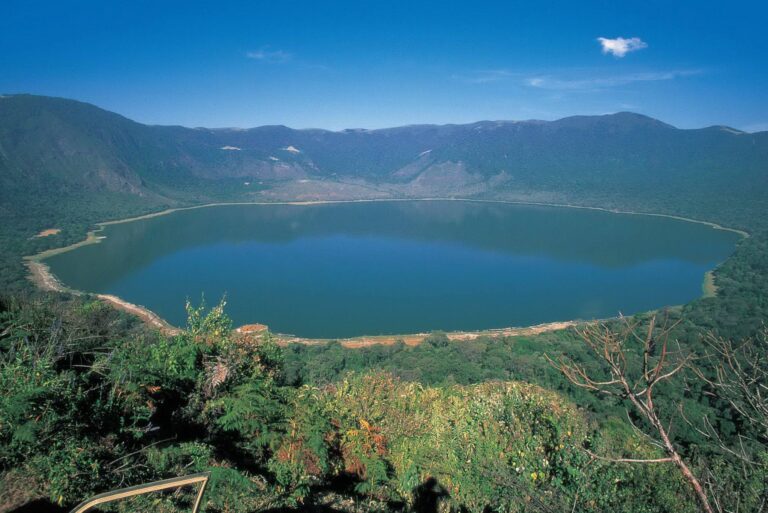
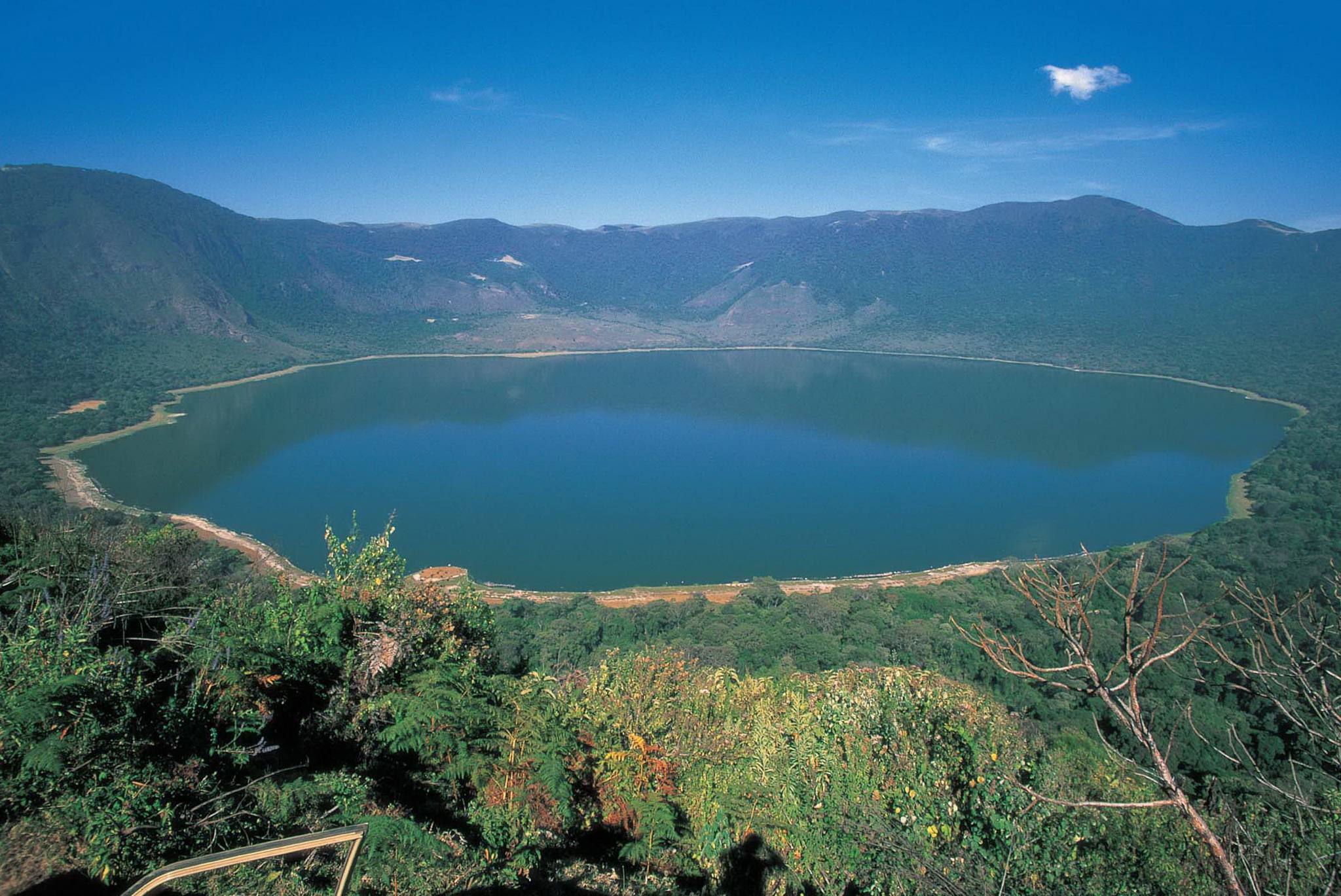
Empakaai Crater
Empakaai Crater is a lesser-known but stunning volcanic crater in the Ngorongoro Conservation Area, located northeast of the main Ngorongoro Crater. It is about 6 kilometers in diameter and around 300 meters deep. Unlike Ngorongoro, Empakaai is mostly forested, with steep walls enclosing a central soda lake that occupies about 75% of the crater floor. This lake often hosts large flocks of flamingos, creating a pink shimmer against the green landscape. Empakaai is ideal for hiking and offers panoramic views of the Great Rift Valley, Lake Natron, and even Mount Kilimanjaro on clear days. The crater remains relatively untouched, making it a peaceful and pristine area for nature lovers and trekkers seeking quiet beauty.
Oldupai Gorge
Oldupai Gorge (often misspelled as “Olduvai”) is one of the world’s most important paleoanthropological sites, located within the Ngorongoro Conservation Area. It is a steep ravine stretching about 48 kilometers and was formed by erosion from wind and water over millions of years. The gorge gained global attention when Louis and Mary Leakey discovered fossilized remains of early humans, including Homo habilis, dating back nearly 1.9 million years. Stone tools and evidence of early hominid life were also found, offering key insights into human evolution. The site includes a museum showcasing these discoveries and explains the geological and archaeological significance of the area. Oldupai Gorge provides a rare window into our distant past, revealing how early humans lived and adapted. It’s often called the “Cradle of Mankind” for its contribution to our understanding of human origins.

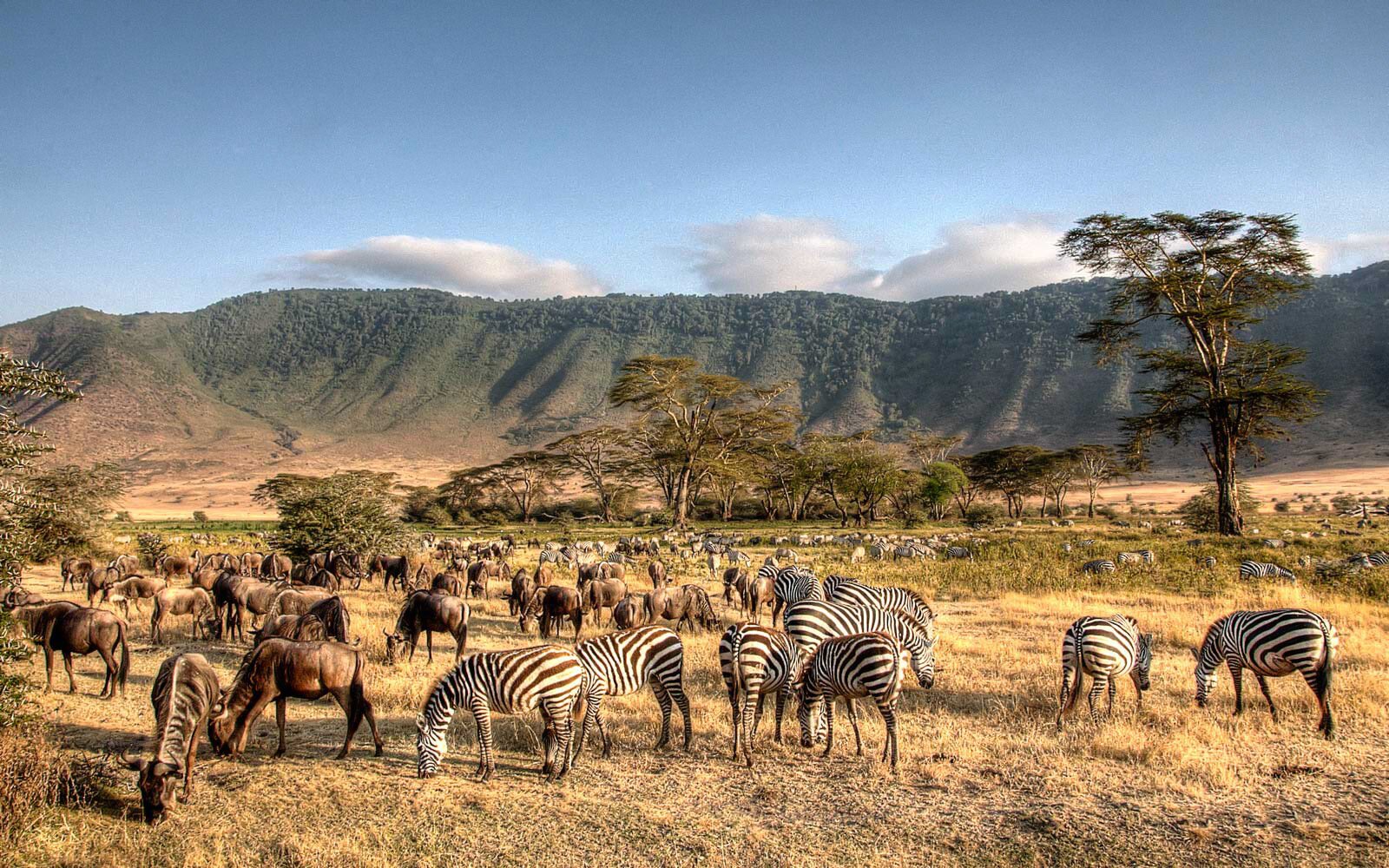
Rerai Forest
Rerai Forest is a lush, highland forest located near the rim of the Ngorongoro Crater. It is part of the broader montane forest zone that surrounds the crater and provides important ecological services, including water catchment and habitat for various species. The forest is home to unique flora and fauna, such as colobus monkeys, bushbucks, forest elephants, and diverse bird species. It also supports leopards and other secretive animals. The dense vegetation contrasts with the open crater floor, offering a cooler, misty environment. Rerai Forest plays a crucial role in maintaining the biodiversity and water supply of the Ngorongoro ecosystem.
